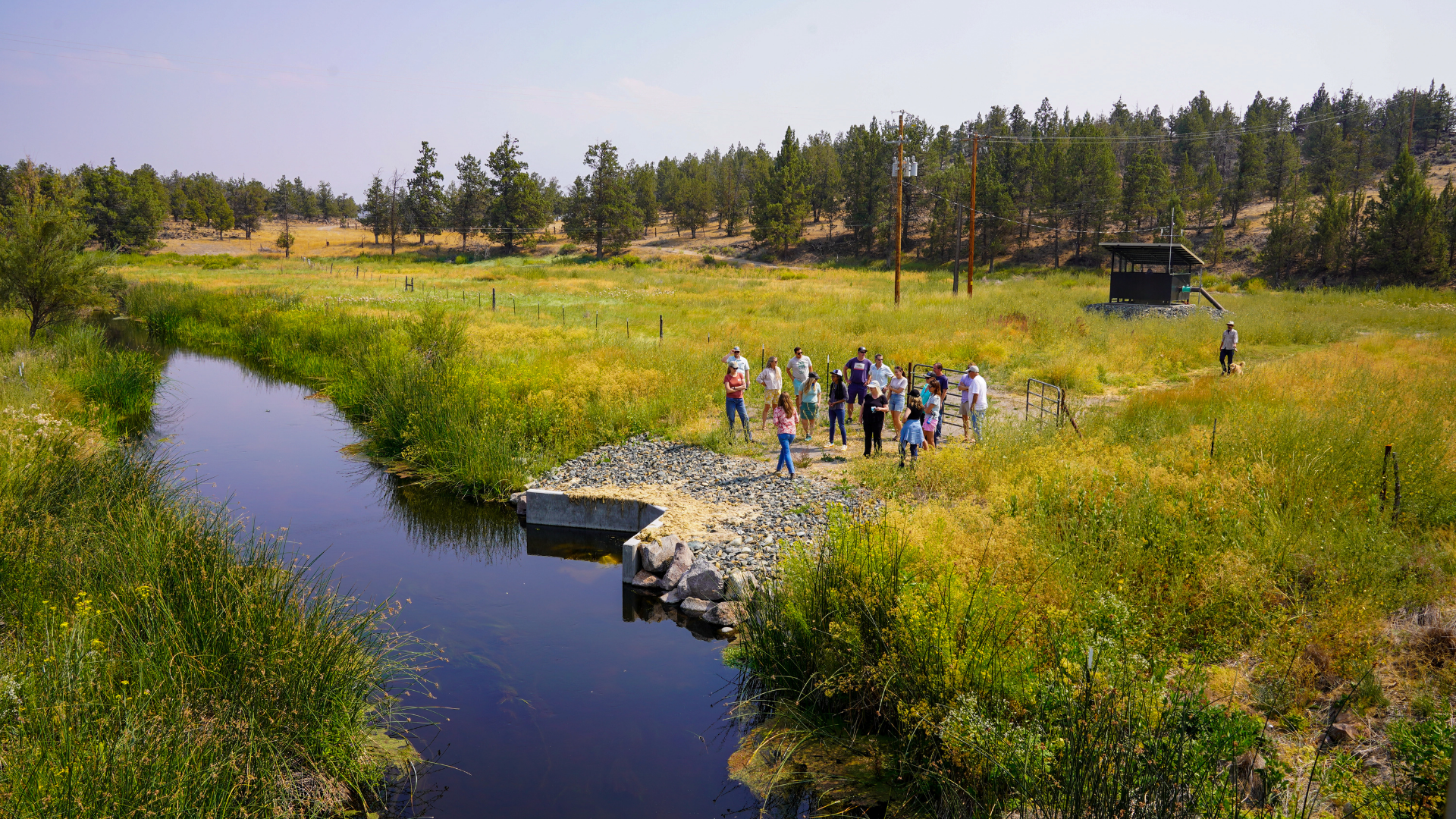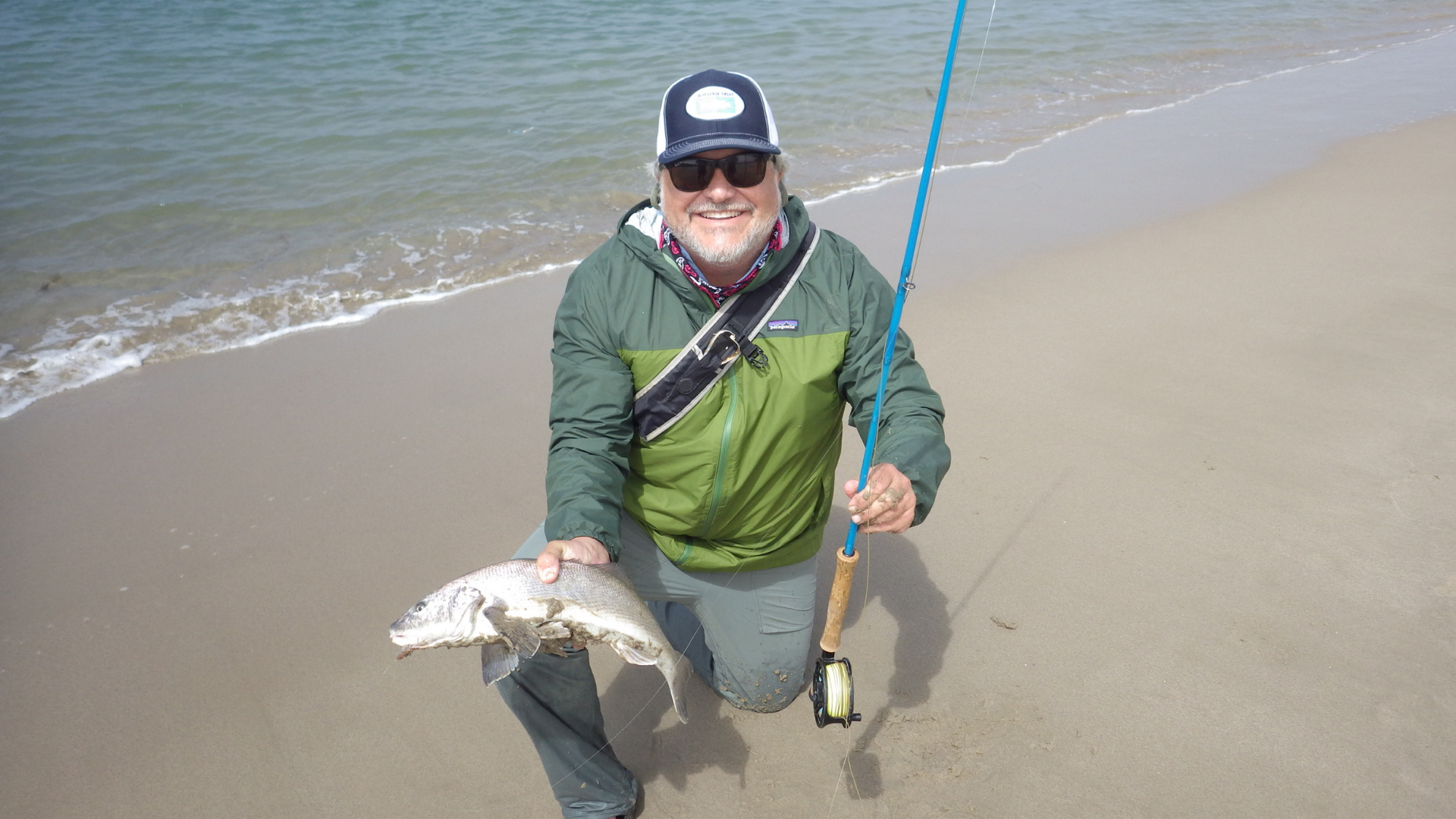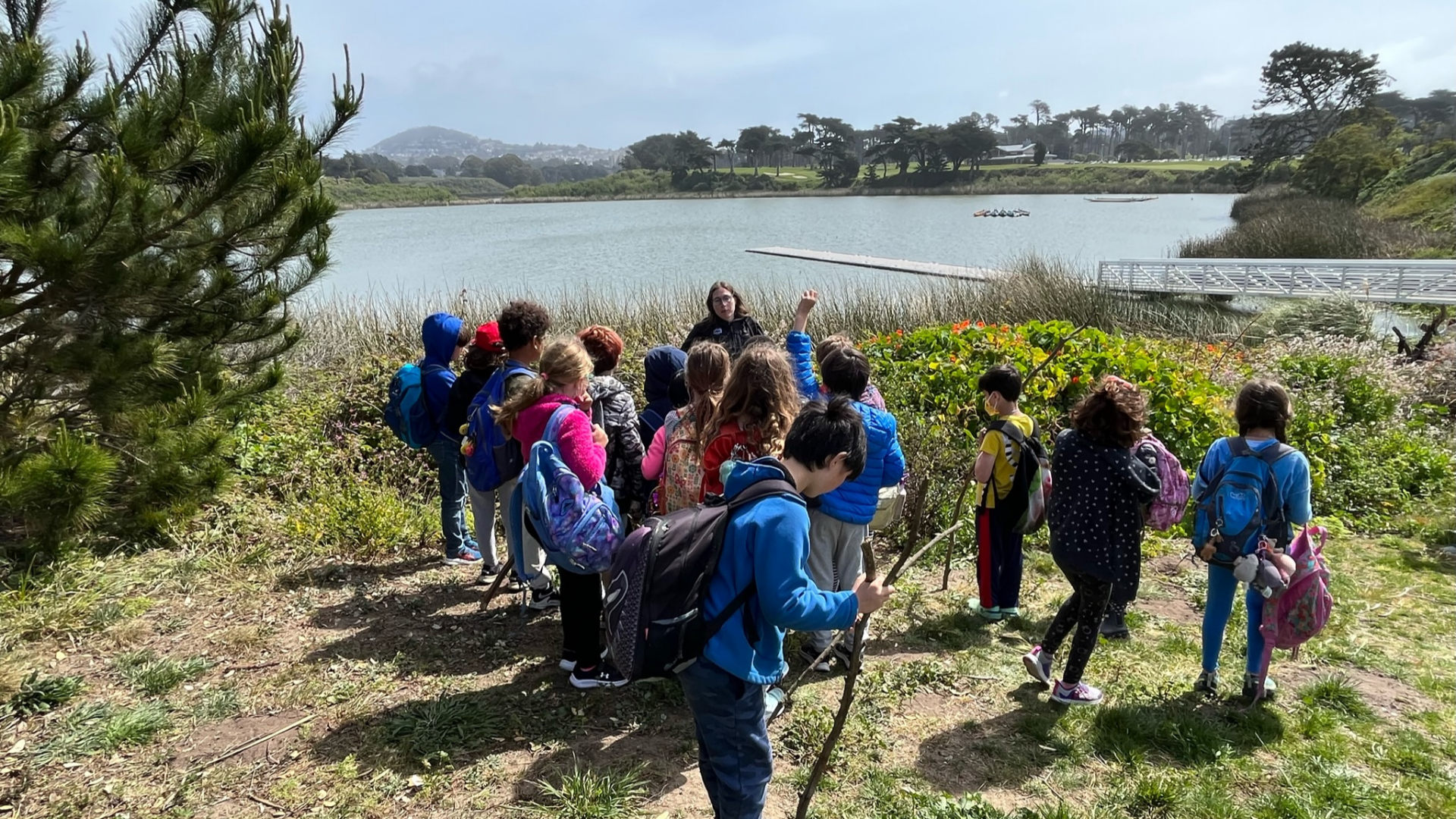
Written by Alisan Theodossiou, CalTrout's Senior Communications Manager
Collaboration is not just a buzz word for us at CalTrout. It is a key component in our conservation work. While CalTrout has positioned our organization to be at the forefront of developing innovative ways to address California’s challenging resource issues, we undoubtedly recognize that we could not do this work alone. As such, we make it a priority to build and nurture partnerships with project stakeholders and groups, including other non-profit organizations, academic institutions and research centers, landowners, tribes, community-based organizations, and government agencies.
Cover Photo: Michael Wier
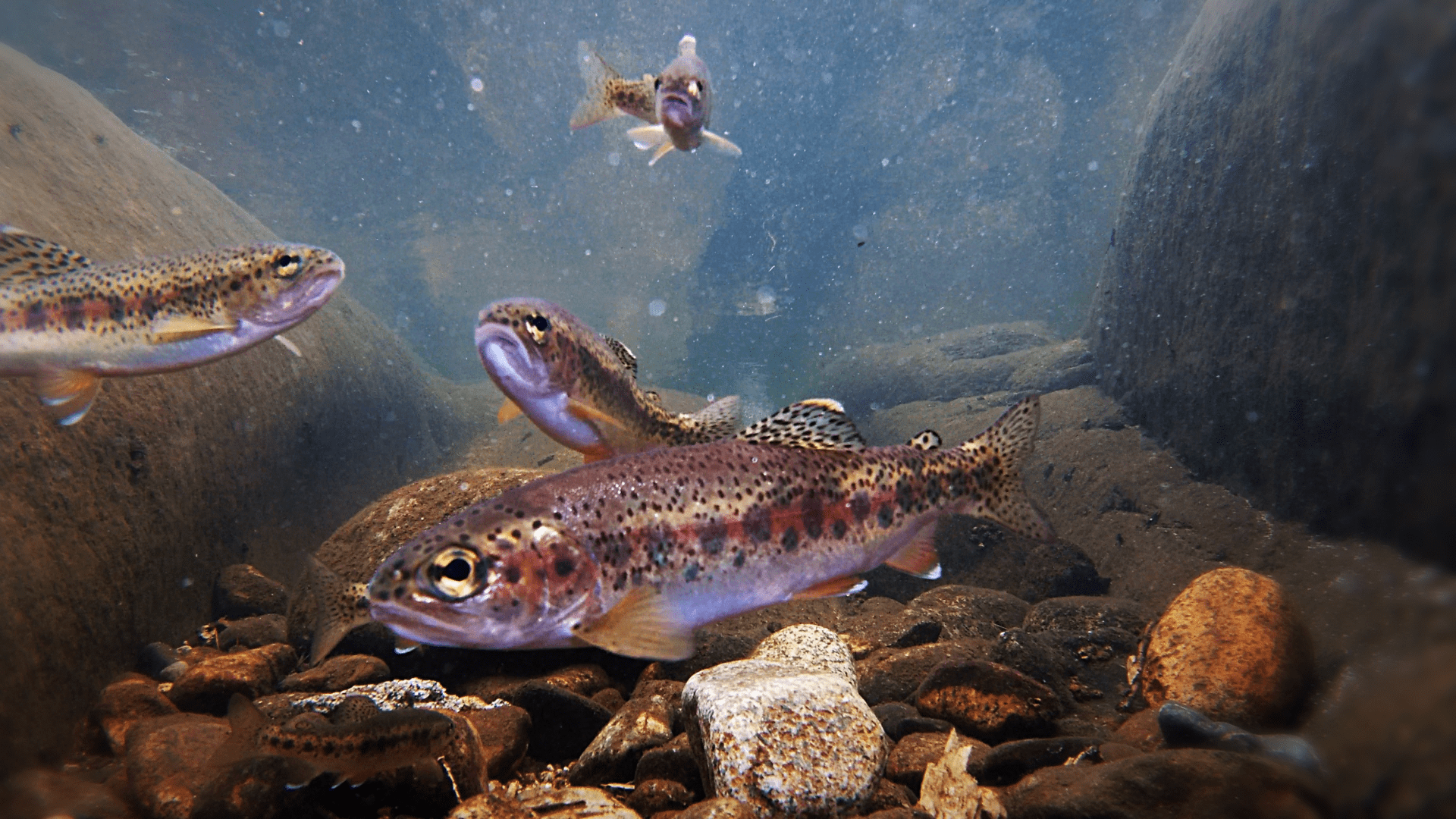
Collaboration for Greater Impact
We embrace collaboration as a way to leverage our own efforts to achieve broader systems change and maximize consensus. Given a particular issue, it’s never just one organization working on it. By teaming up and leveraging our combined efforts, we can make greater impact in our mission and that of other groups to protect California’s native fish and restore watersheds.
Moreover, by inclusively integrating the needs and expertise of all stakeholders, this leads to multi-benefit outcomes and win-win situations. Within the conservation arena especially, the importance of credibility, relevance, and legitimacy further ignites the need for collaboration among all involved stakeholders. The best working natural resource management and policies are not static, but are adjusted based on the combination of new scientific and socioeconomic information and lessons learned from other groups.
A collaborative approach to conservation work (or any work, really) incorporates and links knowledge and credible science with the experience and values of stakeholders and managers for more effective decision-making when it comes to protecting our natural world.
Background Photo: Chris Bradley
Achieving Collaborative Success
With any and all partnerships, there are guidelines to be taken to ensure and maximize success. One of the most crucial being: “State your core values and stick to them,” as said by Darren Mierau, CalTrout’s North Coast Director, in his recent presentation on collaboration at a salmonid conference. He further explained that the purpose of collaboration is not just to “get along” and finish the project. We should aspire to accomplish an outcome that we value by using collaboration constructively and as just one of the many tools we apply to our work.
At the same conference session on collaboration, Mary Burke, CalTrout’s North Coast Program Coordinator, presented her findings from working in partnership on a floodplain restoration project. In her words, “go slow to go fast.” Before diving in headfirst, start by building trust and practice listening more than speaking. Mary quoted author and social scientist Diego Gambetta in stating, “trust lies at the heart of cooperation and provides the basis for communication that is essential for members to seek mutual benefit.” Establishing a strong foundation is key because as Mary declared, “it’s the courageous conversations that come next.”
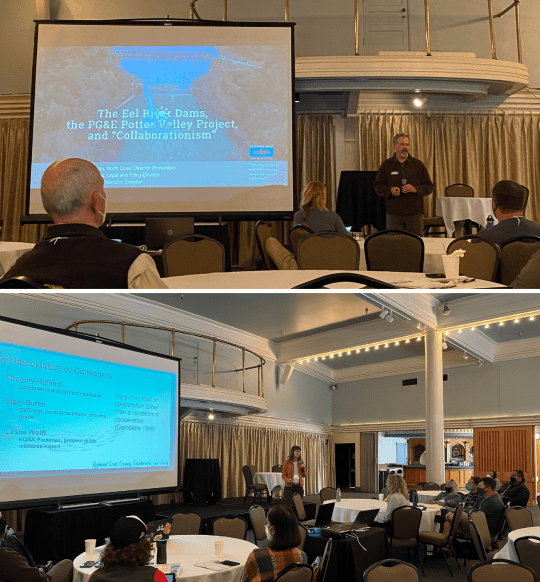
Darren Mierau and Mary Burke presenting on collaboration in their conservation work.
Let’s apply those guidelines to our own organization’s work. CalTrout’s mission is ensuring healthy waters and resilient wild fish for a better California. It’s a shared goal among our staff and board that we always come back to in our work. We envision a California where healthy waters flow from headwaters to sea, and where the diversity and resilience of our waters and fish match that of the people throughout the state. Our working model to accomplish this is applying science-based and regional approaches to find pragmatic environmental solutions that benefit diverse interests. With that, underlying our mission is the belief that we must involve all stakeholders and all Californians in the projects we pursue. We recognize that every voice has value, and we respect every person’s connection to natural areas.
With every partnership we enter, it is key that we keep the values of our organization and how we choose to operate at the forefront of our minds and to respectfully include groups that should be a part of the conversation.
Check out how this works in action for one of CalTrout’s 60+ conservation projects across the state: the Prairie Creek Floodplain Restoration project in the Humboldt region of California.

Collaboration in Action
The restoration of Prairie Creek, a tributary to Redwood Creek, is a story about reconnecting a creek to its floodplain through collaborative effort, supporting the Yurok Tribe in accessing a piece of their ancestral territory, and connecting the public to new outdoor spaces.
Prairie Creek is located in one of the most pristine redwood watersheds remaining in California. It serves as critical habitat for threatened Chinook salmon, coho salmon, and steelhead, as well as coastal cutthroat trout. Between this location and the ocean, however, habitat conditions for salmonids are extremely poor. And since this site is the last downstream opportunity to provide floodplain rearing habitat for fish in the watershed, Prairie Creek marks a very important location in the lives of salmon and steelhead.
To address these concerns and restore the Redwood Creek watershed, the Prairie Creek property was purchased by the non-profit Save the Redwoods League in 2013. The League immediately cast a wide net to pull in stakeholders: agency and Yurok Tribe representatives, California Trout, and a team of local contractors in developing a restoration plan. And by working together, we have done just that.

Spawning coho salmon. Photo by Mike Wier.
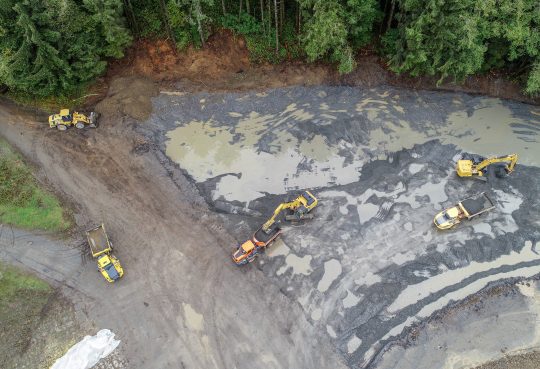
Construction begins for the restoration of Prairie Creek. Photo by Michael Wier.
We stuck to our core values in developing this project with our partners, recognizing the great potential for native, wild fish recovery and healthier, free-flowing waterways and the revitalization of the Yurok Tribe’s ancestral and unceded homelands.
The Yurok Tribe has been a part of the project since its beginning and have provided invaluable technical expertise and cultural knowledge. An all-Yurok crew with the Yurok Tribe Construction Corporation and staff from the Yurok Tribe Fisheries Department were also responsible for the first year of construction at the project site in 2021. Now completed, this successful restoration season lays a strong foundation for the project’s future. Yurok Tribal involvement is central to a successful outcome as it is essential for California Tribal Nations and their dynamic and living cultures to be engaged in the future of their homelands.
Beyond Save the Redwood League and the Yurok Tribe, the Prairie Creek Floodplain Restoration project brings together 15 partners and funders. Together, we recognize the need for restoration, public access, and education to go hand-in-hand for an integrated conservation approach. This project is a testament to the action that collaboration brings. It has allowed us to see more clearly how diversity in its many forms remains at the heart of creativity as we lean on the ideas and expertise of not only our team at CalTrout, but also the ecosystem of partners that this project contains. (Click here to read more about CalTrout's Prairie Creek restoration project.)
Project Funders and Partners for the Prairie Creek Floodplain Restoration Project:
Save the Redwoods League, Yurok Tribe, California State Coastal Conservancy, Redwood National and State Parks, National Oceanic and Atmospheric Administration, Wildlife Conservation Board, California Department of Fish and Wildlife, USFWS Coastal Program, and Contractors: Northern Hydrology & Engineering, McBain & Associates, GHD, SHN, Lang, Railsback & Associates, Redwood Sciences Laboratory, and Redwood Coast Action Agency.
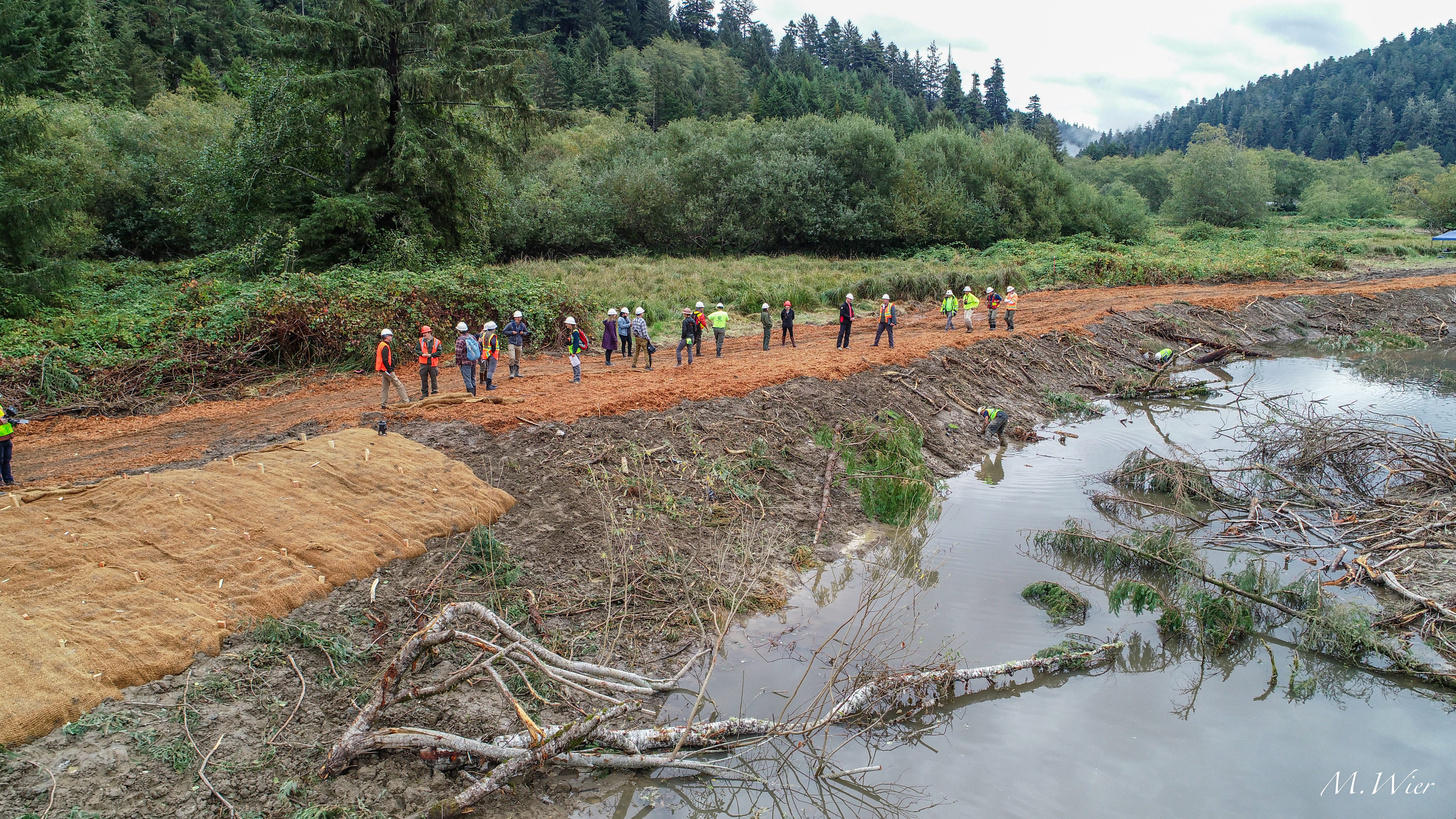
Continued Collaboration
We are at an important juncture in the arc of conservation. Considering both the overarching threat of climate change and the need to better represent and safeguard our diverse communities, we are experiencing an increased sense of urgency to take action against environmental degradation. At CalTrout, our continued way of working will use inclusive, collaborative approaches to conservation that integrate the needs and expertise of all stakeholders.




